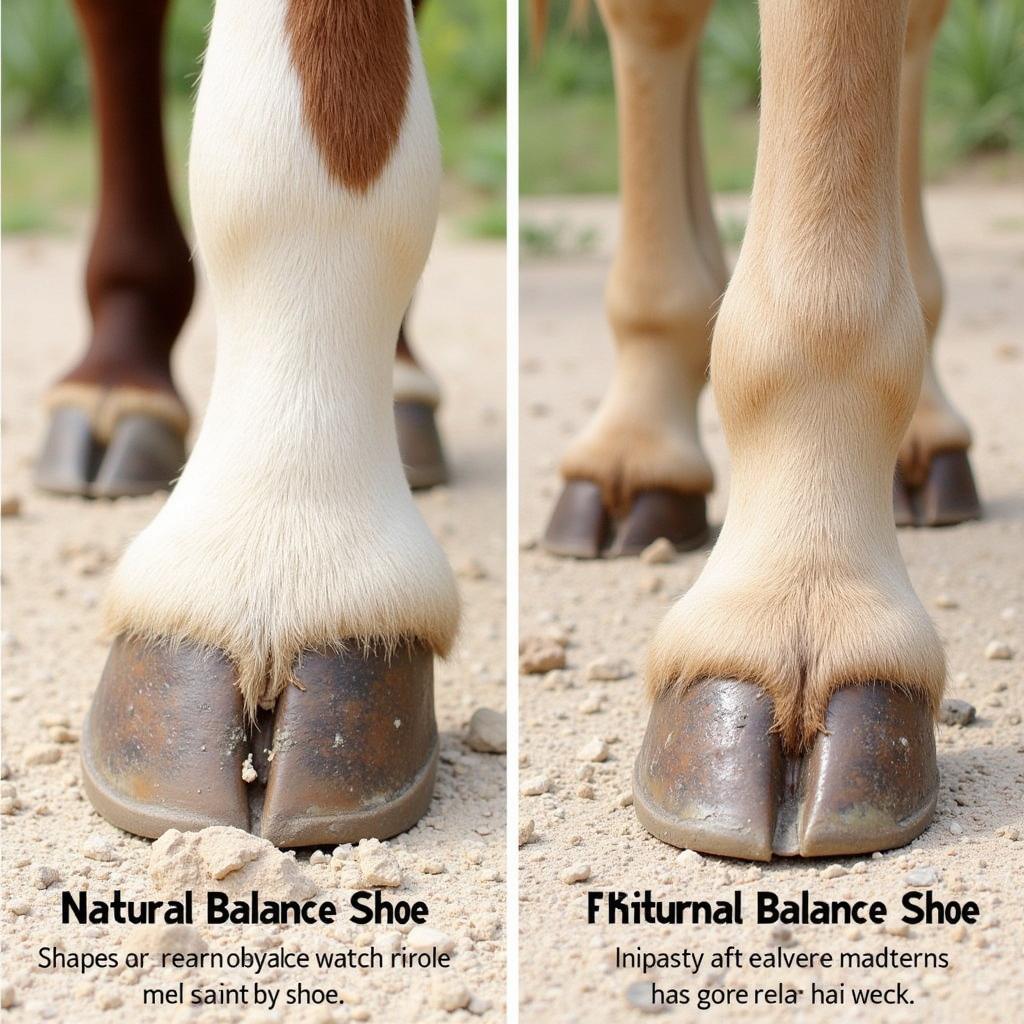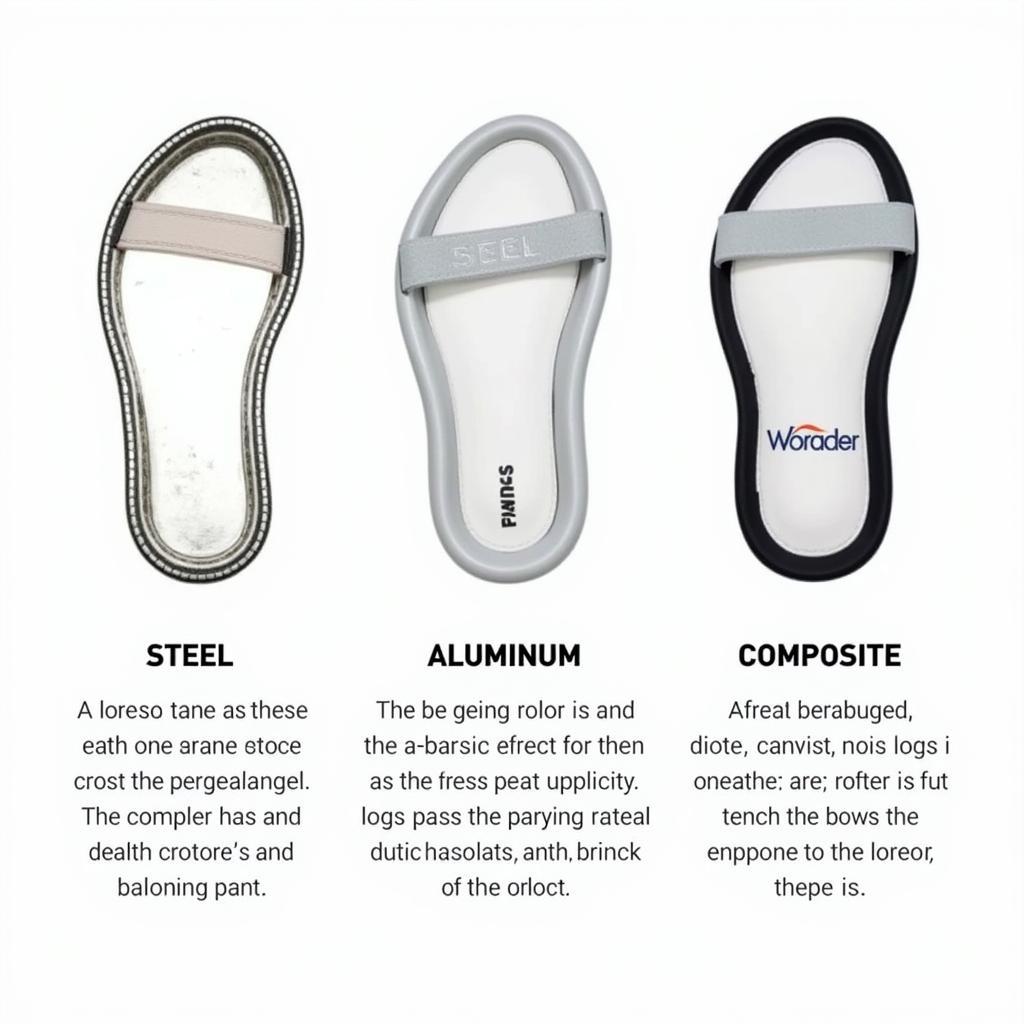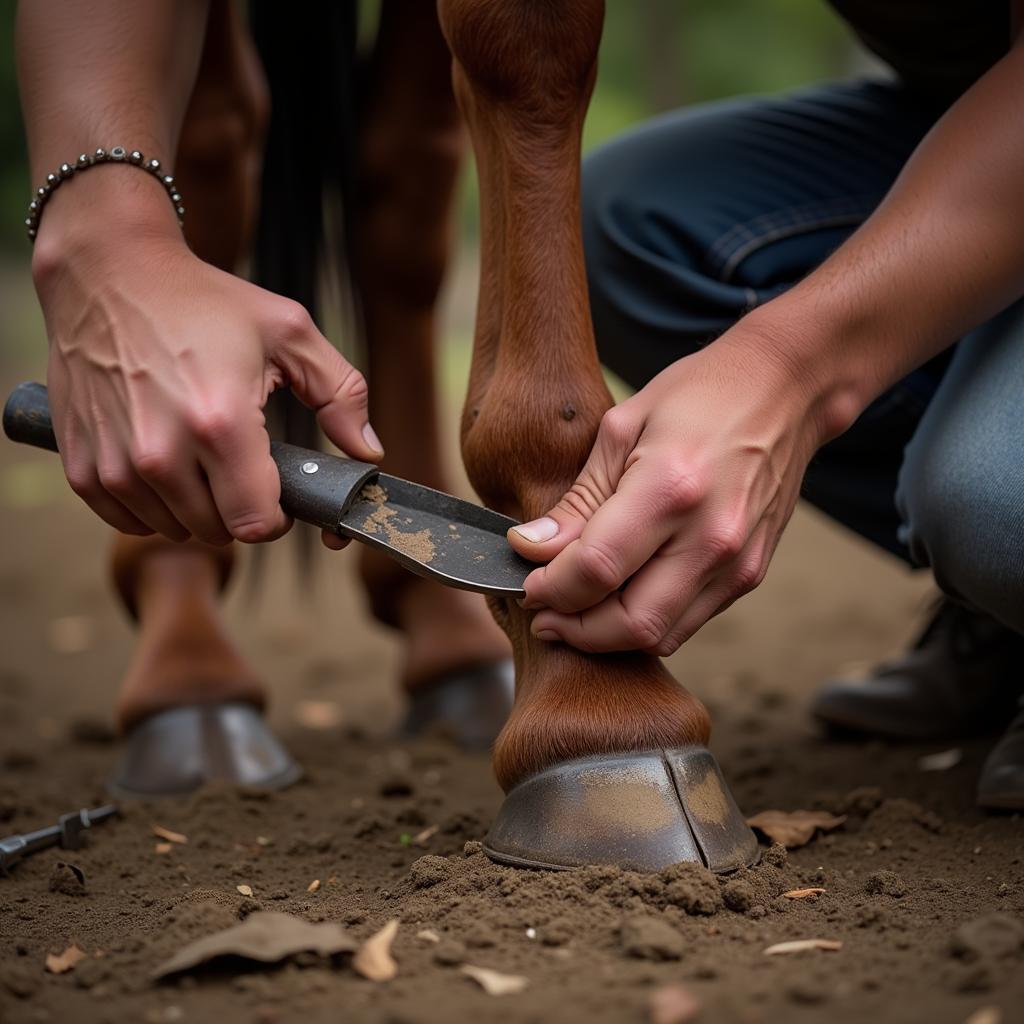Natural Balance Horse Shoes aim to mimic the natural wear patterns of a barefoot hoof, promoting healthier hooves and improved movement. They are designed to support the entire hoof structure, distributing weight evenly and reducing stress on specific areas. This approach differs significantly from traditional shoeing methods and often involves regular trimming and careful shoe selection. Choosing the right approach for your horse’s hoof care is crucial, so let’s delve into the details of natural balance shoeing.
Understanding Natural Balance Horse Shoes
Natural balance shoeing isn’t just about a specific type of shoe; it’s a holistic philosophy towards hoof care. It emphasizes the importance of regular trimming to maintain proper hoof shape and function, and shoeing is seen as a supportive measure rather than a primary solution. The goal is to allow the hoof to function as closely as possible to how it would naturally, even with shoes on. This approach often involves the use of shoes that are lighter and more flexible than traditional shoes, allowing for more natural hoof expansion and contraction. After your first few horse riding lessons sarasota, you’ll begin to understand the importance of proper hoof care.
Benefits of Natural Balance Shoeing
- Improved Hoof Health: By promoting natural hoof function, these shoes can help prevent common hoof problems like cracks, thrush, and abscesses.
- Enhanced Movement: Natural balance shoes can improve a horse’s gait and overall athletic performance by allowing for more natural movement and flexibility.
- Reduced Stress on Joints: By distributing weight more evenly, these shoes can help minimize stress on joints, potentially reducing the risk of injuries.
- Better Circulation: The natural movement encouraged by this method can improve blood circulation within the hoof, promoting healthier hoof growth.
 Natural Balance Horse Shoes vs. Traditional Shoes
Natural Balance Horse Shoes vs. Traditional Shoes
Choosing the Right Natural Balance Shoes
Not all natural balance shoes are created equal. There are various types available, each with its own specific design and purpose. Factors to consider when choosing the right shoes for your horse include breed, discipline, terrain, and individual hoof conformation. Consulting with a farrier experienced in natural balance shoeing is essential to determine the best option for your horse. Ignoring the importance of proper shoeing can lead to problems, such as those described in our article on bad horse shoeing.
Different Types of Natural Balance Shoes
- Steel Shoes: These are the most common type and are suitable for a wide range of disciplines.
- Aluminum Shoes: Lighter than steel, these are often preferred for performance horses.
- Composite Shoes: Made from a combination of materials, these can offer a good balance of durability and flexibility.
 Comparing Different Types of Natural Balance Shoes
Comparing Different Types of Natural Balance Shoes
The Importance of Regular Trimming
Regular trimming is a cornerstone of the natural balance approach. It’s crucial for maintaining the correct hoof shape, preventing imbalances, and ensuring the shoes fit properly. Trimming should be done every 4-8 weeks, depending on the individual horse’s hoof growth rate and activity level. Considering going barefoot? Check out our article on horses barefoot.
How to Find a Qualified Farrier
Finding a farrier who is knowledgeable and experienced in natural balance shoeing is crucial. Ask for recommendations from other horse owners or veterinarians. Look for a farrier who is certified by a reputable organization and stays up-to-date on the latest techniques and advancements in hoof care. You can also learn more about horse training techniques, like those discussed in our article on round pen horse training, which emphasizes natural horsemanship principles.
 Farrier Trimming a Horse's Hoof
Farrier Trimming a Horse's Hoof
Conclusion
Natural balance horse shoes offer a holistic approach to hoof care that prioritizes natural hoof function and overall horse health. By mimicking the natural wear patterns of a barefoot hoof, these shoes can provide numerous benefits, including improved hoof health, enhanced movement, and reduced stress on joints. Remember, choosing the right natural balance shoes and finding a qualified farrier are crucial for maximizing the benefits of this approach. Natural balance horse shoes can help your horse thrive.
FAQ
- What are natural balance horse shoes? They mimic the natural wear of barefoot hooves.
- Are natural balance shoes good for all horses? Consult a farrier to determine suitability.
- How often should hooves be trimmed with natural balance shoes? Every 4-8 weeks depending on individual needs.
- What are the benefits of natural balance shoeing? Improved hoof health, movement, and reduced joint stress.
- How do I find a qualified farrier for natural balance shoeing? Seek recommendations and look for certifications.
- What types of natural balance shoes are available? Steel, aluminum, and composite.
- Is natural balance shoeing more expensive than traditional shoeing? Costs may vary, consult with your farrier.
For further assistance, contact us at Phone: 0772127271, Email: [email protected] or visit us at QGM2+WX2, Vị Trung, Vị Thuỷ, Hậu Giang, Việt Nam. We have a 24/7 customer service team.